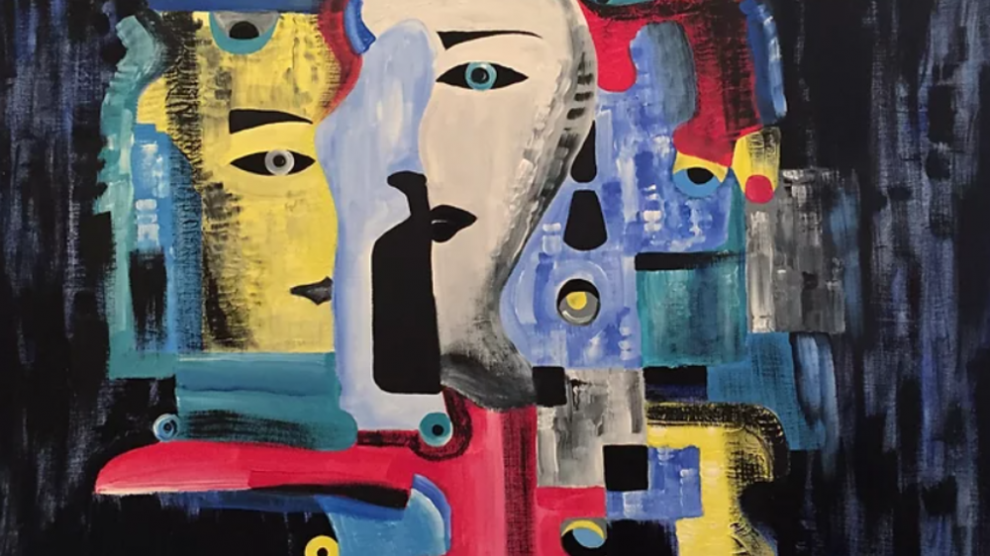The Covid-19 pandemic has hit all sectors of society but few were as hard hit as the arts. With outdoor and indoor gatherings only now resuming under strict rules and guidelines, the initial wave of infections was a true jolt for artists, performers, and the institutions that support them. As concerts and exhibitions seemed to become a thing of the past, artists and the arts sector had to think on their feet and adapt to the new normal.
As part of this adaptation the region has seen an outpouring of what many have termed “digital solidarity”. Art venues, institutions, museums, and artists began to adopt digital platforms and ways of communication as a means of keeping art relevant in a world where everyone was staying at home to ride out a dangerous pandemic.
For Creative Armenia, an NGO based in Yerevan and Los Angeles whose mission is “to fuel a global movement of creative minds who are pushing the frontiers of Armenian culture” the pandemic came as shock. But as communications coordinator Maryam Israelyan tells Emerging Europe, they quickly recalibrated and started thinking about how they can help artists during a time of crisis.
“The pandemic has caused not so much a shift as it has an acceleration of our organisational mission and spirit. Since the onset of Covid-19, we’ve been funding and supporting creators across all art fields who are doing such exceptional work in isolation,” says Anush Ter-Khachatryan, director of programs at Creative Armenia.
Since the organisation has strong ties with the large Armenian diaspora, they were already used to doing things digitally and online. They quickly organised a special edition of their Creative Challenge competition that awards a 2,000 US-dollar prize for the best responses to a prompt. This time, of course, the prompt was Covid-related.
Armenian artists were invited to communicate their self-isolation experiences and five were selected as winners. Among them is Ani Qananyan and her short and relatable film about the daily routine in self-isolation.
Qananyan, an artist who primarily works in more traditional mediums like clay and paint, told Creative Armenia in an interview that these artists working in traditional media might need to find ways to express themselves digitally in the post-Covid word.
“I still hope that the post-Covid world will roll back to the good old times we lived in,” she remarks.
Creative Armenia didn’t stop at just awarding artists for their work. They also started the SelfQuar Experiment, a webpage showcasing some of the best submissions to the prompt in an attempt to bring visibility and exposure to Armenian artists.
It would be an understatement to call the Armenian diaspora large. According to some estimates, as many as eleven million Armenians live outside of the country, in many different parts of the world.
“The Armenian diaspora is not just a benefit for times of crisis, but also in times of prosperity,” Ms Ter-Khachatryan tells Emerging Europe.
Creative Armenia found during the pandemic that Armenian artists needed support more than ever and that cultural patrons in the diaspora were more than ready to meet the challenges of the Covid-19 “new normal”.
“For the first time we had that strange feeling that it truly didn’t matter where we lived. Logging onto one of our many Zoom calls with our Creative Armenia network members, the boundaries between Armenia and its diaspora were in fact less visible and relevant than ever,” says Ms Ter-Khachatryan.
In June, Creative Armenia organised a digital summit titled Culture.20 where thousands of people gathered together to explore the future of art with six artists, all Creative Armenia AGBU fellows. The summit dealt with the dangers and opportunities of the digital transition, from AI-generated music to virtual museum exhibits.
Ms Ter-Khachatryan says that the way art is displayed and consumed in the future will definitely change and that the digital word is here to stay even after Covid-19.
“At Creative Armenia, we can already see this trend in the kind of submissions we receive: VR projects, digital immersive theatre experiences, and online concerts are no longer outliers,” she says. “True to form, artists have been very quick to sense and adapt to the limitations and possibilities of our time.”
In many countries, government aid for the arts was late and lacking. Ms Ter-Khachatryan says that it’s hard to measure what’s enough in times of global crisis and there has been a substantial government support already given, but then also a substantial need and demand which is still outstanding.
“Creative Armenia finds itself in the role of closing that gap, regardless of how great that gap seems, or how impossible to close,” she explains.
Still, despite the crisis and some setbacks in translating in-person experiences into the digital world, Ms Ter-Khachatryan speaks of a “digital fatigue” experiences by those who are hopping from one Zoom call to the next, it seems that art and artists are adapting and the Covid-19 pandemic does not spell the end for this sector.
“In the domain of art, the home of the human imagination, nothing is impossible,” Ms Ter-Khachatryan concludes.
—
Main photo: A work by Yerevan-based Tatevik Harutyunyan. Courtesy Creative Armenia
—
Unlike many news and information platforms, Emerging Europe is free to read, and always will be. There is no paywall here. We are independent, not affiliated with nor representing any political party or business organisation. We want the very best for emerging Europe, nothing more, nothing less. Your support will help us continue to spread the word about this amazing region.
You can contribute here. Thank you.



[…] ( read original story …) […]
[…] Armenia gets creative […]